SNVSB32B August 2018 – June 2021 LM5146-Q1
PRODUCTION DATA
- 1 Features
- 2 Applications
- 3 Description
- 4 Revision History
- 5 Description (continued)
- 6 Pin Configuration and Functions
- 7 Specifications
-
8 Detailed Description
- 8.1 Overview
- 8.2 Functional Block Diagram
- 8.3
Feature Description
- 8.3.1 Input Range (VIN)
- 8.3.2 Output Voltage Setpoint and Accuracy (FB)
- 8.3.3 High-Voltage Bias Supply Regulator (VCC)
- 8.3.4 Precision Enable (EN/UVLO)
- 8.3.5 Power Good Monitor (PGOOD)
- 8.3.6 Switching Frequency (RT, SYNCIN)
- 8.3.7 Configurable Soft Start (SS/TRK)
- 8.3.8 Voltage-Mode Control (COMP)
- 8.3.9 Gate Drivers (LO, HO)
- 8.3.10 Current Sensing and Overcurrent Protection (ILIM)
- 8.3.11 OCP Duty Cycle Limiter
- 8.4 Device Functional Modes
- 9 Application and Implementation
- 10Power Supply Recommendations
- 11Layout
- 12Device and Documentation Support
- 13Mechanical, Packaging, and Orderable Information
Package Options
Refer to the PDF data sheet for device specific package drawings
Mechanical Data (Package|Pins)
- RGY|20
Thermal pad, mechanical data (Package|Pins)
- RGY|20
Orderable Information
9.2.2.3 Application Curves
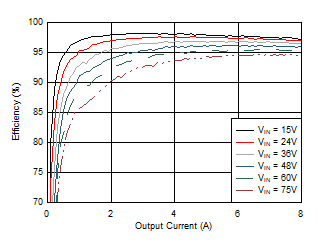 Figure 9-17 Efficiency vs IOUT and VIN
Figure 9-17 Efficiency vs IOUT and VIN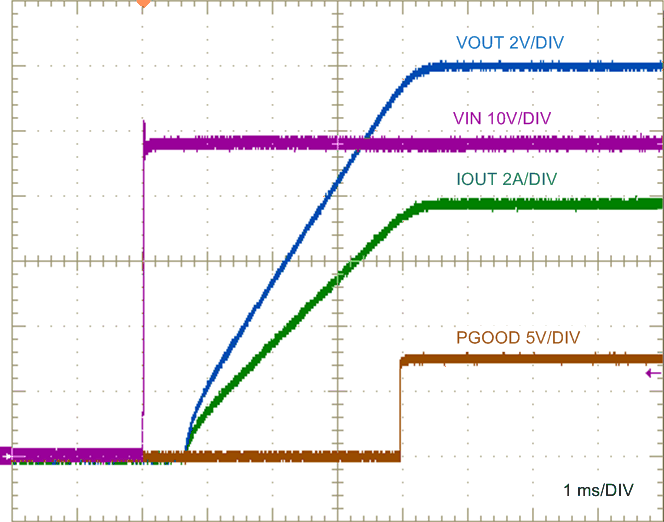
| VIN step to 48 V | 1.5-Ω Load |
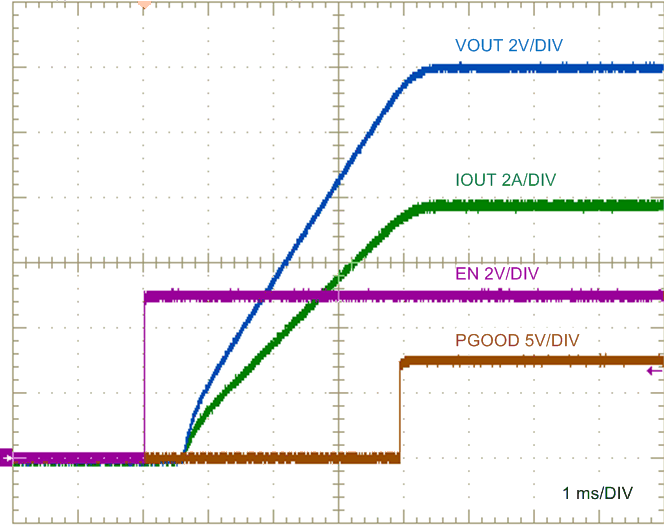
| VIN = 48 V | 1.5-Ω Load |
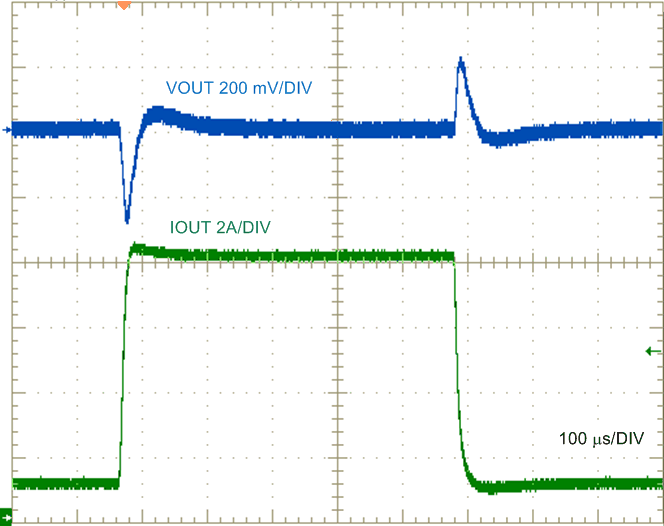
| VIN = 48 V |
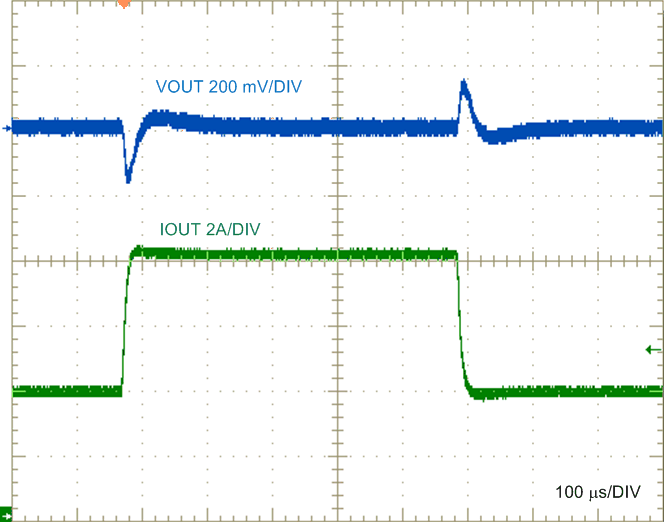
| VIN = 48 V |
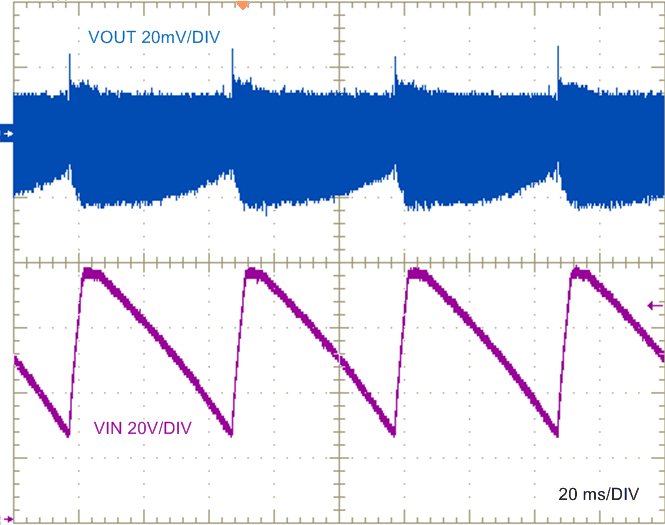
| IOUT = 4 A |
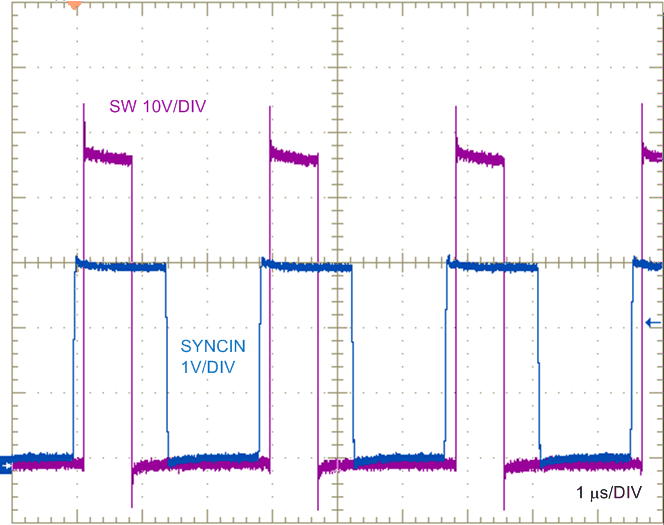
| VIN = 48 V | FSW = 350 kHz | IOUT = 8 A |
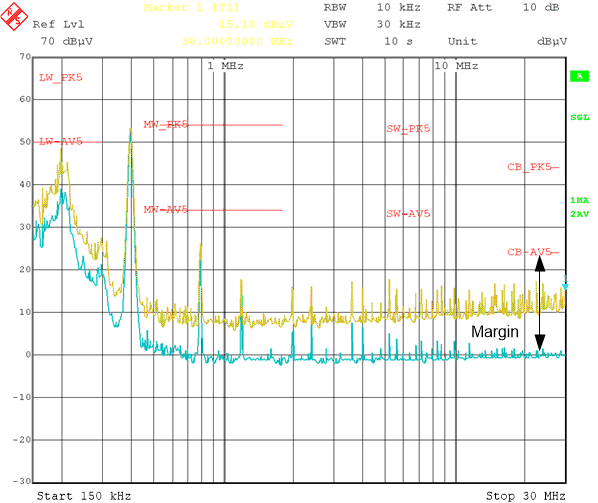
| VIN = 48 V | VOUT = 12 V | 6-A resistive load | |
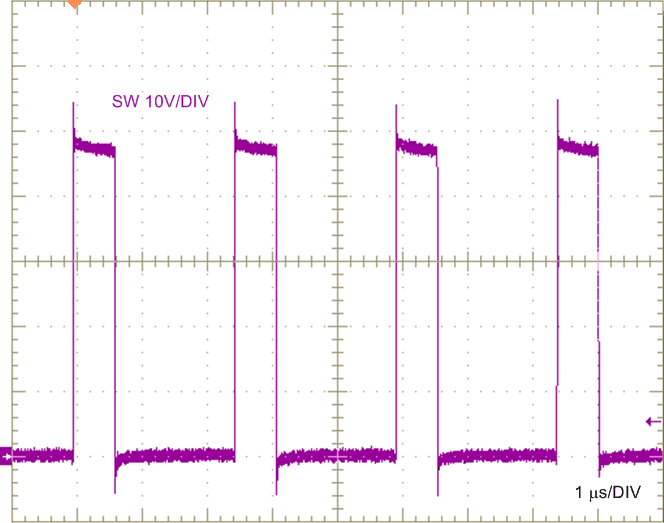
| VIN = 48 V | IOUT = 8 A |
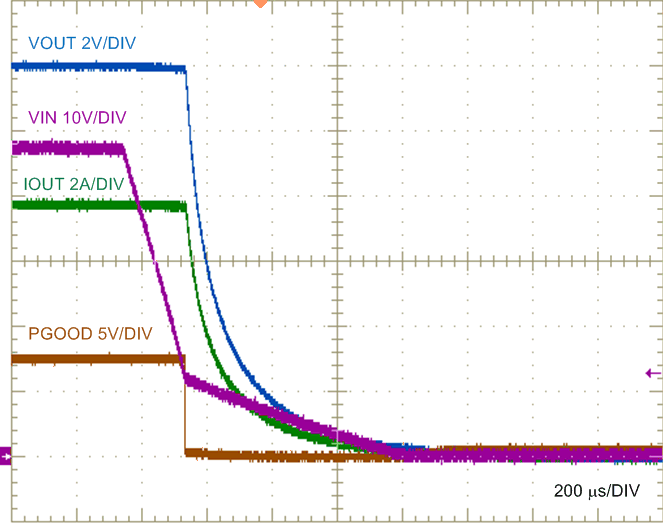
| 1.5-Ω Load |
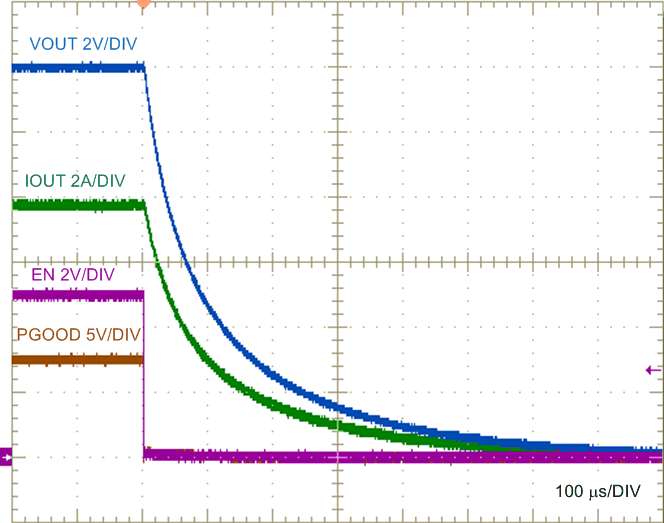
| VIN = 48 V | 1.5-Ω Load |
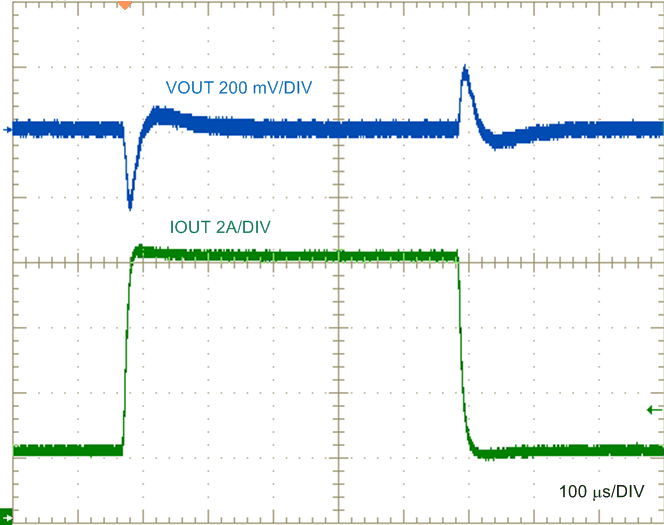
| VIN = 48 V |
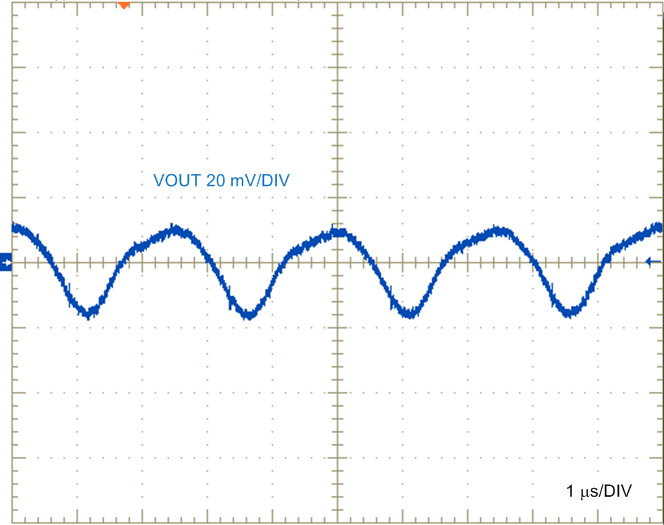
| VIN = 48 V | IOUT = 8 A |
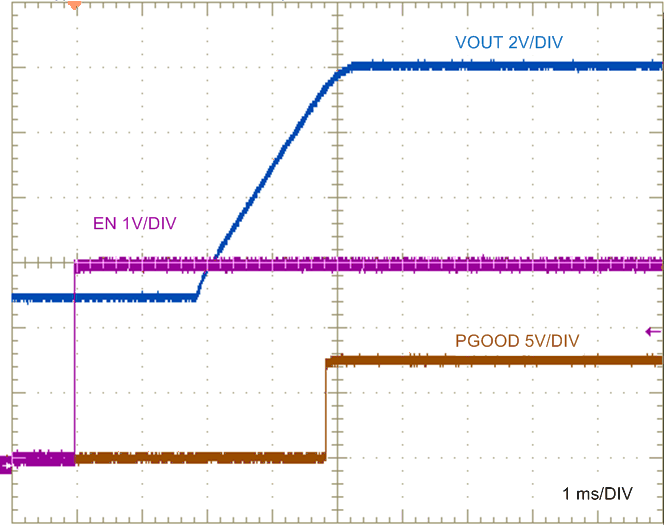
| VIN = 48 V | IOUT = 0 A |
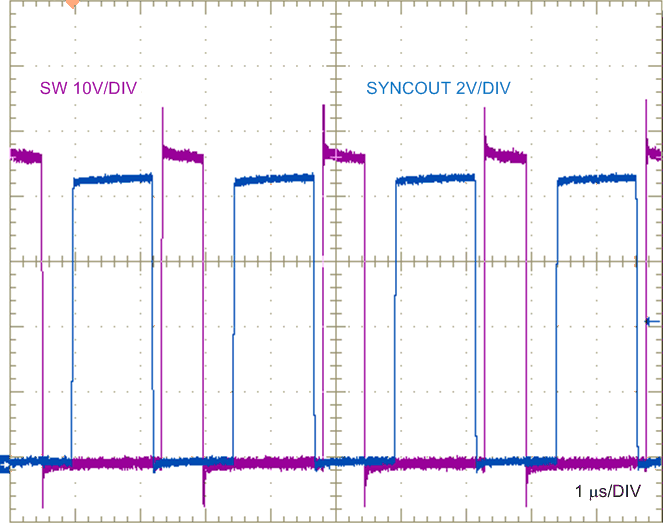
| VIN = 48 V | IOUT = 8 A |
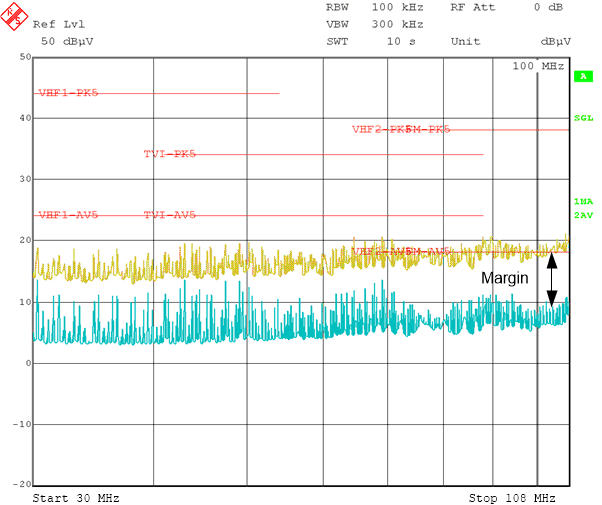
| VIN = 48 V | VOUT = 12 V | 6-A resistive load | |